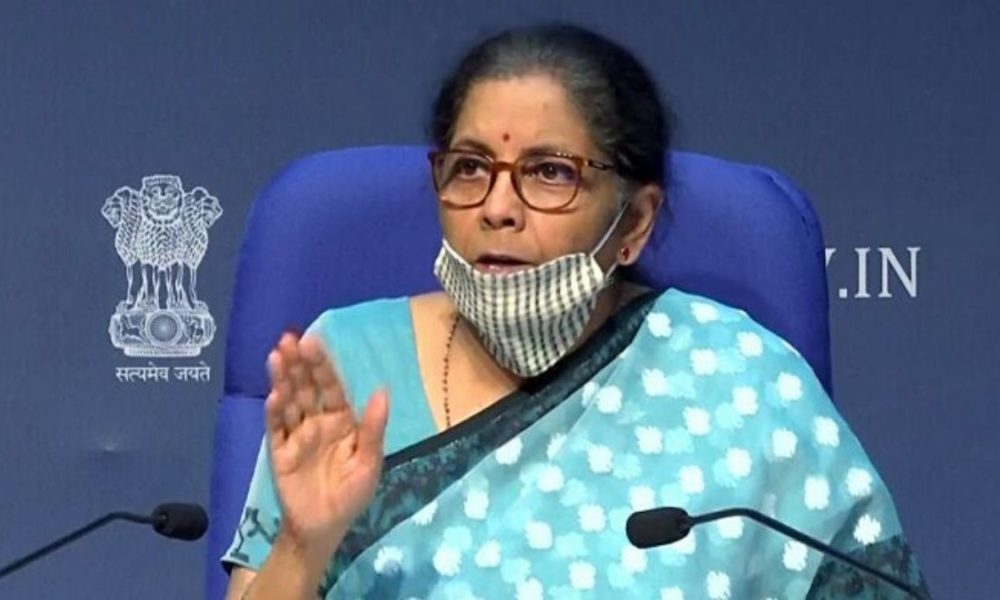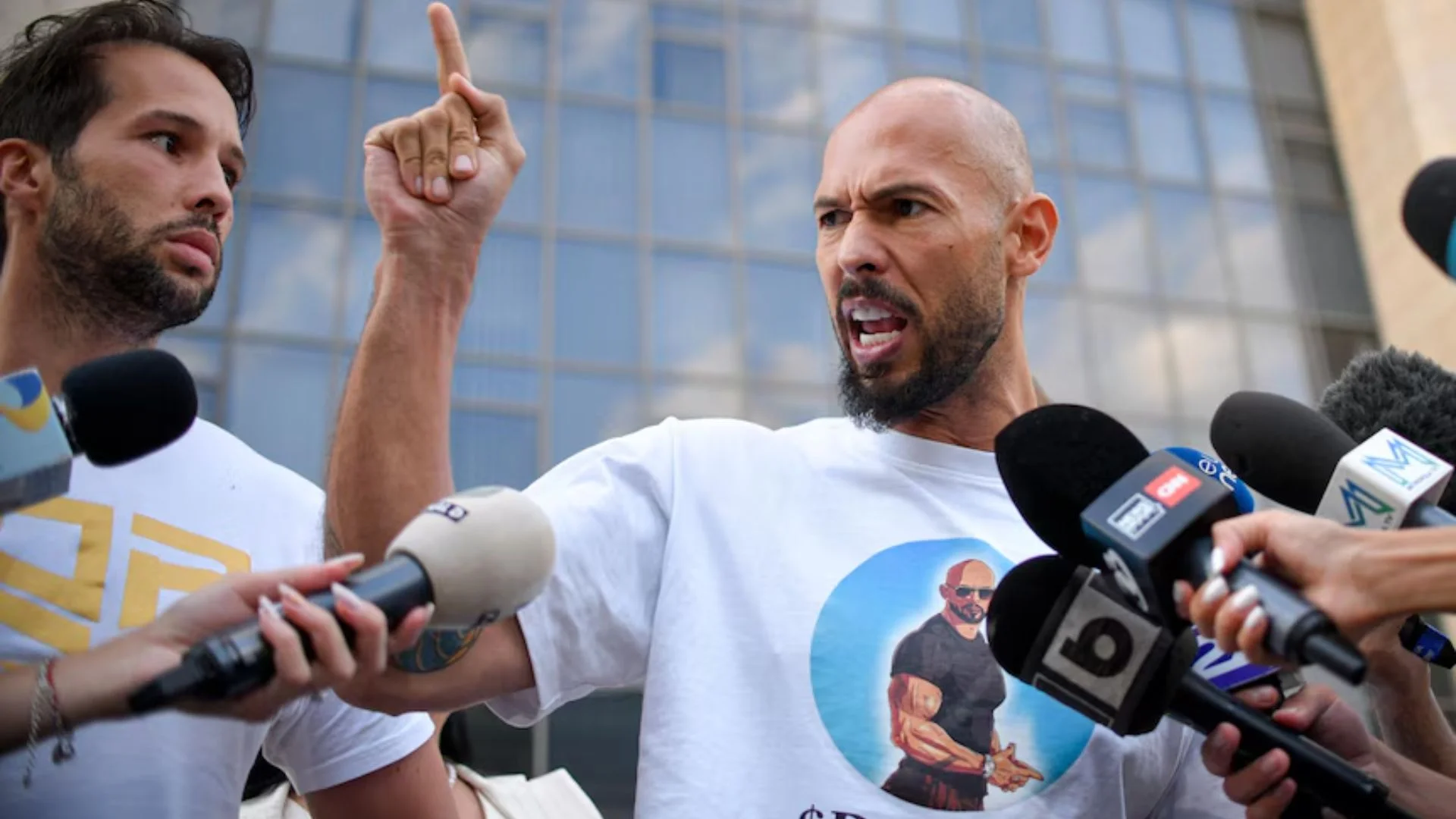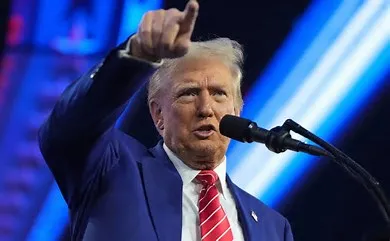Announcing a fresh stimulus package and calling it ‘Aatmanirbhar Bharat 3.0’, Union Finance Minister Nirmala Sitharaman laid down a total of 12 new measures to support the economy and industry, ranging from employment generation, collateral-free credit for stressed sectors to subsidised fertiliser for farmers.
The Finance Minister announced the ‘Aatmanirbhar Bharat Rozgar Yojana’ to incentivise creation of new employment opportunities during the Covid-recovery phase. The employment scheme, effective from 1 October, will be applicable to eligible new employees joining the EPFO-registered establishments and for those who exited these concerns during the Covid pandemic (1 March to 30 September 2020) and drawing monthly wages of less than Rs 15,000.
Under the scheme, the central government will subsidise the Employees’ Provident Fund (EPF) contributions for two years. The Centre will provide 12 per cent of the contributions of both employers and the employee for establishments with up to 1,000 employees. In the case of establishments with over 1,000 employees, the Centre will only subsidise 12 per cent of the employees’ EPF contributions.
Also, in order to provide a further boost to rural employment, the government will provide an additional outlay of Rs 10,000 crore for the Pradhan Mantri Garib Kalyan Rozgar Yojana. The government will provide Rs 65,000 crore to farmers to ensure adequate supply of fertilisers in the upcoming crop season.
In a major decision to support the pandemic-hit industry, the government has also announced an Emergency Credit Line Guarantee Scheme (ECLGS 2.0) for providing much needed relief to stressed sectors by helping entities sustain employment and meet liabilities. The ECLGS scheme for MSMEs, MUDRA loan borrowers and individuals has been extended till March next year.In a bid to boost housing sales, Sitharaman announced an increase in the permitted differential between the circle rate and agreement value of housing units to 20 per cent from the current mandated limit of 10 per cent till 30 June. The increase in differential will be applicable in residential units of value up to Rs 2 crore. Section 43CA of IT Act restricts differential between circle rate and agreement value at 10 per cent. However, prices may actually be lower than that, and the restrictions curbs sale of housing units.
To provide ease of doing business and relief to contractors whose money otherwise remains locked up, performance security on contracts will be reduced to 3 per cent earnest money deposit (EMD) for tenders will be replaced by bid security self-declaration. The relaxation will be available till 31 December 2021.
The Centre will also make an additional outlay of Rs 18,000 crore for Pradhan Mantri Awas Yojana (Urban), which is likely to help ground 12 lakh houses and complete 18 lakh houses, as per the Finance Minister.
In another boost for infrastructure development, the government will invest Rs 6,000 crore in the NIIF (National Infrastructure Investment Fund) debt platform, which will provide infrastructure project financing of Rs 1,10,000 crore.
The Finance Minister said that the total value of the Centre’s stimulus support so far is about Rs 30 lakh crore, post the three rounds of ‘Aatmanirbhat Bharat’ economic measure and the measures by the Reserve Bank of India amid the pandemic. Total stimulus accounts for 15 per cent of the GDP, with the Central government’s component being 9 per cent and the rest of the RBI.
WITH IANS INPUTS























